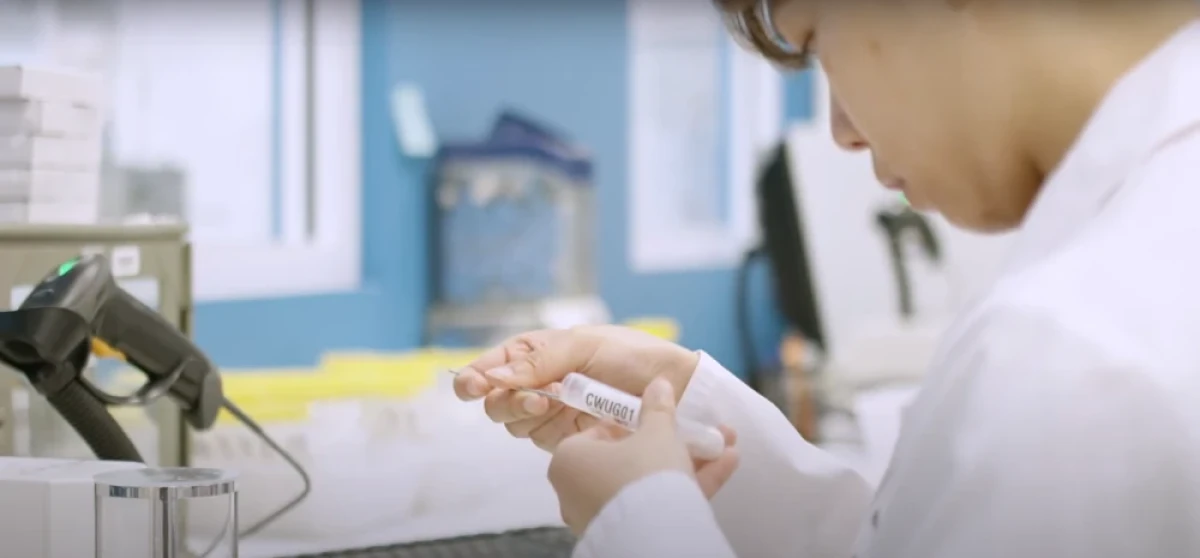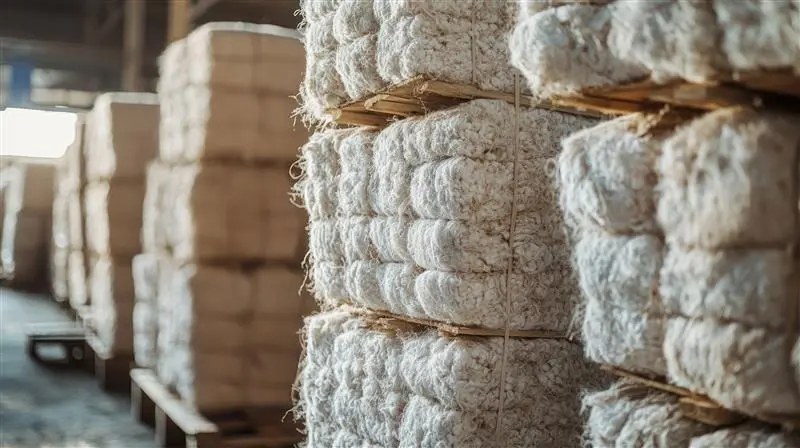Why Science in Traceability Matters for Brands & Retailers
By Dr. Kate Jones | 29 November 2023
minutes to read.

Traditionally, paper-based systems have been the go-to method for tracking product information and movement.
However, with supply chains becoming more complex with globalization and increasing pressure for risk management and regulatory compliance, these methods are no longer practical or efficient.
Why Science in Traceability Outperforms Traditional Methods
Laws like the Uyghur Forced Labor Prevention Act (UFLPA), the EU Forced Labor Ban, and Canada's Modern Slavery Act have highlighted the need for companies to closely monitor human rights compliance throughout their supply chain.
This level of monitoring and accountability is nearly impossible to achieve with a paper-based system.
Moreover, human error can lead to inefficiencies and inaccuracies in product information when manually entering data. These inefficiencies mean that tracing raw materials without the right technology can be a time-consuming and resource-intensive process. In the event of shipment detentions, brands and retailers may face huge losses due to lack of reliable traceability information.
Technology has opened doors to new possibilities for supply chain traceability. From blockchain to IoT sensors, these digital traceability systems have made it easier to manage product traceability in manufacturing. They allow companies to track and monitor products as they move through the supply chain.
But these methods provide traceability by proxy by tracking data or documentation, rather than tracking the product itself – leading to potential inaccuracies and gaps in tracing the raw materials. A new evidence based traceability approach, which incorporates scientific verification of supply chain information, is emerging as a promising solution to these problems.
How Oritain uses forensic science and origin fingerprinting
Oritain scientifically verifies supply chain information using a combination of forensic chemistry and statistical modeling to authenticate the provenance of raw materials within a supply chain, independent of documentation or added tracers. This technology verifies product sourcing through “origin fingerprints” derived from the chemical compositions of plants and animals. These unique compounds are influenced by environmental factors such as soil composition, precipitation, temperature, and altitude in specific locations.
To establish a scientific “signature” for each product, forensic science techniques are used to measure the range and ratios of these origin-related factors through trace element and stable isotope analyses. Multivariate statistics are then used to develop these chemical signatures into “fingerprints” that can be used to uniquely characterize an origin and distinguish between different origins. These fingerprints can then be used by brands and retailers to ensure the authenticity and transparency of the products themselves within their supply chains, building trust with consumers in today's market.
The importance of origin verification for apparel and other sectors
Cotton is one of the most widely used raw materials in the apparel industry. But this global fiber comes with its own set of challenges – from fraud and counterfeiting to forced labor and environmental concerns – that can cause a huge damage to brands and their reputation.
Cotton is grown in one region, then harvested, ginned and spun into yarn in another. It is then woven or knitted into fabric before being dyed and finished in another location. With every step in the supply chain happening in a different country, it is not uncommon for this complex raw material to be mislabeled or even substituted with a lower quality or cheaper alternative.
Traditional traceability methods don’t go deep enough to address these issues, as they can only track the supply chain up to ginning or spinning mills, leaving the source of cotton unknown. Read more on the limitations of traditional traceability here: traditional traceability vs scientific traceability.
This is where scientific origin verification comes in, providing a solution that goes beyond surface-level information to provide brands and retailers with the evidence-based data they need to make responsible and ethical sourcing decisions.
Some of the key challenges with other traceability methods include:
- Opaque and fragmented supply chains: Traditional traceability methods, largely paper-based or reliant on manual reporting, struggle with the multi-tiered nature of cotton supply chains that span across different countries and regions. Outdated systems cannot accurately trace materials from field to final products, leaving brands in the dark about origins beyond direct suppliers.
- Substitution and blending risks: At mills, different cotton fibres are often blended together to meet volume or margins. Traditional or digital methods fall short here, as they cannot verify fiber composition once blending occurs, making it easy for non-compliant cotton to slip through undetected.
- Reliance on supplier declarations: Traditional traceability methods rely on self-reported data or written certifications from suppliers, which may not always be accurate or reliable. Trusting supplier claims without verification can put brands at risk of non-compliance with sourcing standards and regulations.
- Lack of verification: Risks are often buried deep within the supply chain and can remain unknown until a problem arises. Unverified data can lead to investigations, product import bans, and reputational damage.
- Regulatory pressures: Policy makers, NGOs and consumers are demanding greater transparency and accountability in global supply chains, particularly in the fashion industry. Traditional methods of traceability may not meet these increasing requirements, and non-compliance with key US and EU regulations for apparel and textile supply chains can result in shipment detentions and block entry into premium markets.
How scientific testing enhances traceability, compliance & risk management
Product based testing using origin verification within supply chains empowers apparel companies to proactively address the above listed issues and mitigate potential risks. It provides a completely unique approach to mitigating risk in supply chains compared to other technology approaches. It can verify and elevate existing systems like supply chain mapping softwares, which are still reliant on input of information.
-
Oritain origin verification testing authenticates the origin of cotton and other materials with a high degree of certainty.
-
Provides objective, scientific evidence about the origin and authenticity of products, rather than relying on subjective supplier declarations.
-
Helps identify non-compliant material and remove it from the supply chain with insights from forensic science analysis.
-
Verifies if a product is true to its claimed source at any stage of the supply chain.
-
Supports brands' sustainability and compliance efforts by providing scientific proof to substantiate their claims and take appropriate actions.
If your company has bigger ESG goals, you may need to consider one that is easy to integrate without disrupting production and which scales with your business growth.
Oritain can help brands and retailers improve product traceability in manufacturing across cotton and fashion. To learn more about how our robust science and commercial offerings improve product traceability for fashion and textile companies, visit our Cotton & Fashion page or contact us.
Disclaimer: The information provided in this document does not and is not intended to constitute legal advice. Instead, all information presented here is for general informational purposes only. Counsel should be consulted with respect to any particular legal situation.




